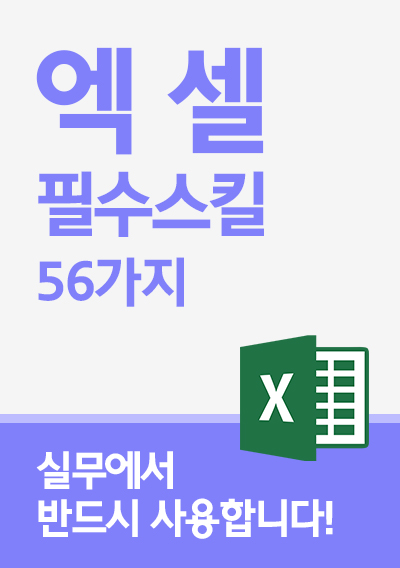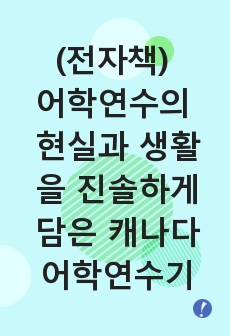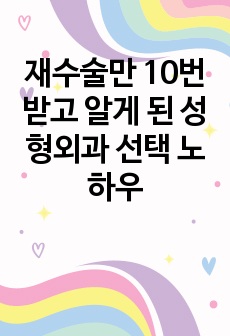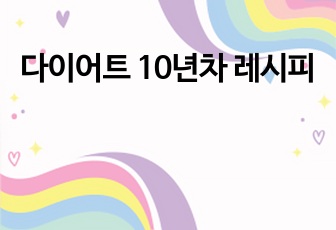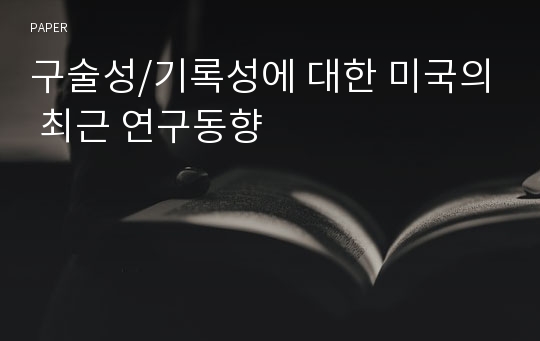* 본 문서는 배포용으로 복사 및 편집이 불가합니다.
서지정보
ㆍ발행기관 : 한국구비문학회
ㆍ수록지정보 : 구비문학연구 / 40권
ㆍ저자명 : 나수호
ㆍ저자명 : 나수호
목차
1. 들어가면서2. 구술성과 기록성에 대한 21세기의 이해
3. 뉴미디어의 출현
3.1. 매체라는 개념 설정
3.2. 뉴미디어란 무엇인가?
3.3. 옛 매체와 새로운 매체의 관계는 어떻게 되는가?
4. 디지털 시대에 구비문학을 재정의하기
4.1. 진짜가 무엇인가?
4.2. 대면성의 문제
4.3. 인터넷은 구비문학의 경로인가 현장인가?
5. 나오면서
참고문헌
한국어 초록
본고는 최근 미국 학계를 위주로 활동하는 학자를 중심으로 구술성과 기록성의 관계에대한 주장과 이론을 살펴보았다. 구술성과 기록성에 대한 새로운 인식부터 검토했는데
‘literacy’는 더 이상 ‘기록성’이라는 뜻으로 사용되지 않는다는 것을 알 수 있었다. 어떤 속성
을 가리키기보다는 능력을 의미하는데 그것도 단순히 문자와 관련된 것도 아니다. ‘Orality’는
여전히 ‘구술성’이라는 뜻으로 사용되기는 하지만 토착문화 연구에 국한된 용어다.
물론 기록성과 구술성의 관계를 언급하는 학자들도 있지만 소위 뉴미디어(新매체)를 논
하는 것이 일반화되었다. 뉴미디어를 정의하기 전에 미디어 그 자체가 무엇인지 알아야 하
는데 그 답이 생각보다 쉽지 않았다. 대체로 의사소통 수단으로 인식되어 있지만 매체와 거
기에 해당되는 기술적 형태의 관계가 분명하지 않다. 어떤 학자는 매체가 바로 기술이라고
주장하는 한편 다른 학자는 매체와 전달기술을 구별하는 경우도 있기 때문이다. 미디어를
정의하는 것도 이렇게 어렵기에 뉴미디어를 파악하기 힘들다는 사실은 당연하다. 정의를 내리는 대신에 어떤 학자들은 상호작용성, 수적 재현 가능성, 모듈성 등과 같은 뉴미디어의
특징을 열거하기도 하고 다른 학자들은 융합에 대한 과대 해석 등 뉴미디어의 오해를 바로
잡는 데에 힘쓰기도 했다. 그런데 舊매체와 新매체의 관계에 대해서는 20세기 맥루한이 주
장했던 ‘끊김’을 고수하면서 新매체가 舊매체를 삼켜버린다고 하는 소수의 학자들을 제외하
면 그 관계가 연속체라는 의견이 대세인 것 같다.
이렇게 뉴미디어를 모색한 후 뉴미디어가 구비문학에 있어서 어떤 의의를 지니는지 살
펴보았다. 뉴미디어 혁명 이후로 트루먼 쇼나매트릭스와 같은 영화에서 볼 수 있듯이
현실을 의심하는 것과 시뮬레이션에 매료되는 것이 사회적인 특징이 되었다. 심지어 몸과
분리된 마음의 작용을 논하는 육체 이탈 담론이 대두된 것을 볼 수 있었다. 물론 이 주장은
실체이원론과 다름이 없지만 구비문학에 나름 영향을 끼친 개념이다. 즉, 구비문학은 전통
적으로 대면하는 소통 상황을 전제하는데 뉴미디어와 인터넷 시대에는 그런 상황이 줄어들
었다. 이 사실이 인식되면서 구비문학의 폭을 넓히자는 목소리와 ‘대면성’을 재고하자는 목
소리가 들리기 시작했다. 결국엔 뉴미디어의 본고장인 인터넷을 구비문학의 경로일 뿐인가
아니면 구비문학의 현장으로 볼 것인가 하는 것이 중요한 질문이 되었다. 초기에는 경로로
만 인식되었지만 최근 들어 현장으로 인식하는 학자가 많아지는 듯하다. 그 중에 젠켄스의
‘참여 문화’, 레시그의 ‘리믹스 문화’, 하워드의 ‘버내큘러 웹’은 한국 구비문학 연구에 시사
점을 제시하고 있다.
영어 초록
This paper examined the arguments and theories regarding the relationshipbetween orality and literacy put forth in recent years by scholars working
primarily in the United States. First, a look was taken at the new understanding
of orality and literacy, and it was found that “literacy” is no longer used to
refer to an attribute, but is instead used to refer to an ability, and that ability
is not limited to the written word. “Orality,” on the other hand, is still used
to refer to an attribute, but its use is almost entirely limited to indigenous
studies.
Of course, there are scholars who still make mention of the relationship
between orality and literacy, but it has become the norm to discuss new media
instead. Prior to defining new media, it is necessary to understand what media
is, but this proved no simple matter. It has generally been understood as a
means of communication, but the relationship between media and the
technologies associated with them is unclear. Some scholars argue that medium
and technology are one and the same, while others distinguish between media
and delivery technologies. With media itself being this difficult to define, it is
no wonder that new media is difficult to grasp. Some scholars chose, in lieu
of a definition, to list characteristics of new media, such as interactivity, numerical representation, and modularity, while others sought to correct
misconceptions regarding new media, such as the widespread misunderstanding
of what exactly “convergence” is. As far as the relationship between old and
new media goes, however—with the exception of a few scholars who cling
to Marshall McLuhan’s idea of a “break” between media and argue that new
media devour old media—the generally tendency seems to be to perceive the
relationship as a continuum.
After thus inquiring into the nature of new media, the significance of new
media for folklore studies was investigated. After the new media revolution,
films such as The Truman Show and The Matrix were examples of the
fascination society had with simulations and raising doubts about reality. This
led in turn to the discourse of disembodiment, in which the mind operates
separately from the body. Of course, this claim is little more than substance
dualism, but in its own way it has an effect on folklore studies. That is, folklore
has traditionally assumed face-to-face communication, but in the internet era
such communication has decreased. With this realization, there were those in
the field who called for a widening of the scope of folklore studies, while others
argued that the very idea of “face-to-face communication” needed to be
redefined. Ultimately, the critical question became whether the internet was
merely a conduit of folklore or a place where folklore was created anew. At
first, the internet was perceived by many as simply a conduit, but recently more
and more scholars are seeing it as a source of folklore as well. Among these
scholars and their ideas, Jenkins’ “participatory culture,” Lessig’s “remix culture,”
and Howard’s “vernacular web” offer implications for folklore research in Korea.











